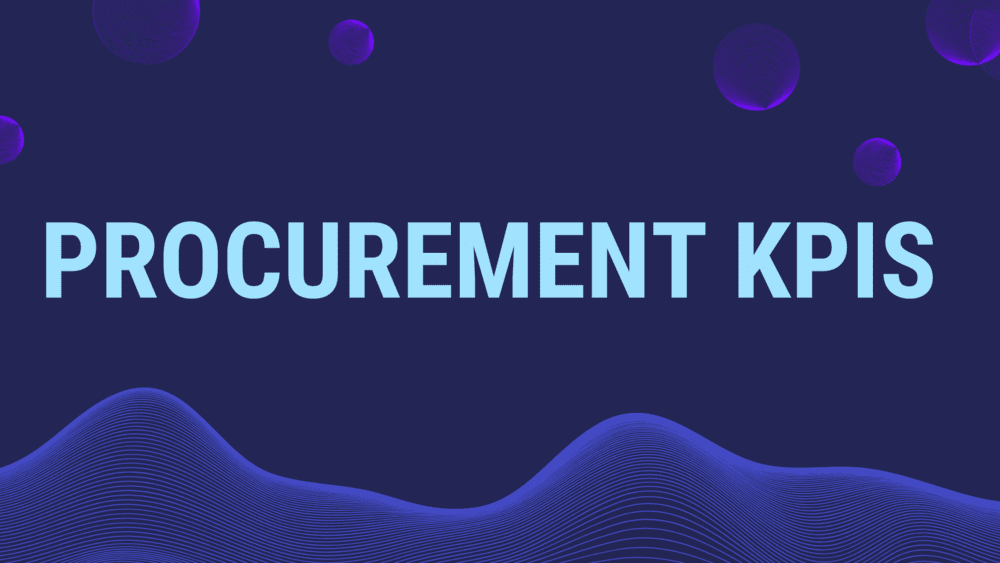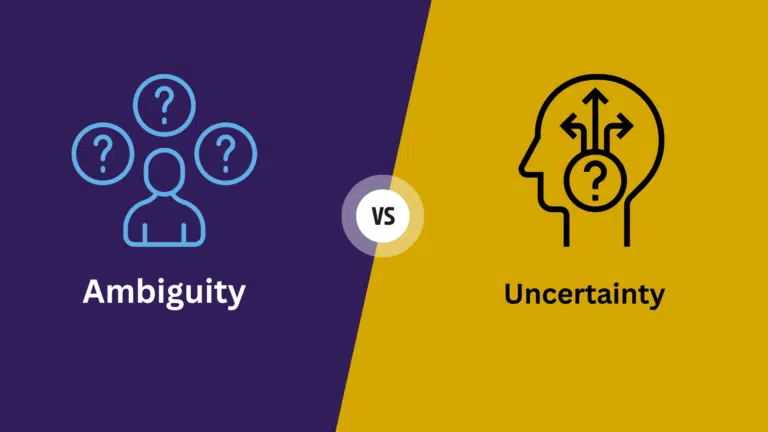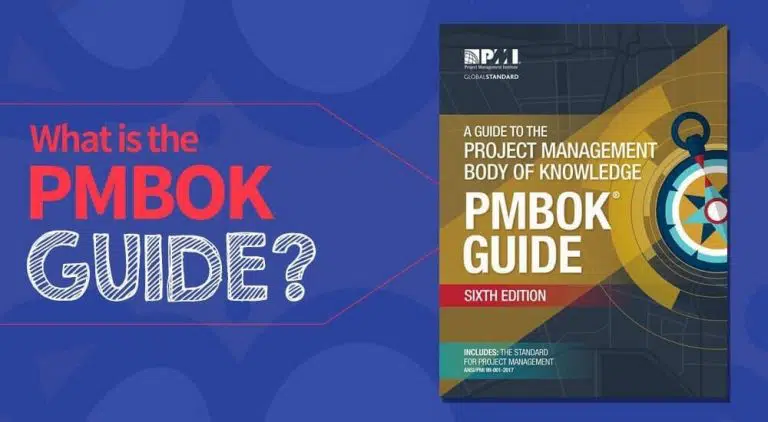Procurement is crucial for organizations when a project or operation requires multiple services and consumables, and you need help from third-party contractors or vendors to run your project or operations efficiently.
Procurement KPIs help you measure the performance of procurement management. Using procurement key performance indicators (KPIs), you will know if the contractors or vendors are performing as agreed. Then, you will take corrective and preventive actions to bring the procurement process on track, if required.
Today’s blog post will discuss the procurement KPIs and provide 24 commonly used KPIs for procurement.
What Are Procurement KPIs?
Procurement KPIs are metrics used in procurement management to measure the performance of procurement of an organization. These KPIs help organizations improve their procurement processes.
Using procurement KPIs, you can plan your procurement strategy and tweak it according to changing situations.
Using KPIs will tell you:
- How procurement is performing
- How you can improve procurement
- The result of actions taken to improve procurement
Top 24 Procurement Improvement KPIs
The following are 21 commonly used procurement KPIs:
- Contract Compliance: This KPI measures the extent to which suppliers follow the contract terms and conditions. It ensures that both parties fulfill their obligations, and it minimizes non-compliance risks.
- Contract-Negotiation Time: This KPI tracks the duration of negotiations with suppliers. Reducing negotiation time leads to faster procurement cycles and cost savings.
- Contract-Renewal Rate: This KPI indicates the percentage of renewed contracts at the end of their term. A high renewal rate suggests successful supplier relationships and contract management.
- Contract-Utilization Rate: This KPI measures the percentage of contracted goods or services that the organization uses. It helps assess whether contracted resources are used effectively.
- Cost Savings: This KPI quantifies the money saved through procurement activities as compared to a baseline or industry standards. Cost savings can result from negotiations, supplier consolidation, or process efficiencies.
- Inventory Turnover: This KPI measures how quickly inventory is sold or used during a specific period. A high turnover rate indicates efficient inventory management and reduced carrying costs.
- Invoice Accuracy: This KPI assesses the accuracy of supplier invoices (e.g., pricing, quantities, and terms). Improving invoice accuracy reduces the likelihood of discrepancies and delays in payment processing.
- On-Time Delivery: This procurement KPI measures the percentage of orders delivered on or before the agreed-upon delivery date. It ensures that operations run smoothly, without disruptions due to late deliveries.
- Price Competitiveness: This KPI evaluates the competitiveness of prices that are negotiated with suppliers as compared to market rates or benchmarks. Achieving favorable pricing terms contributes to cost savings and profitability.
- Procurement Cost Per Unit: This KPI calculates the costs incurred by the procurement department to acquire one unit of a product or service. It helps assess procurement efficiency and cost-effectiveness.
- Procurement-Process Efficiency: This KPI measures the effectiveness and productivity of the procurement process, from sourcing to payment. Improved process efficiency reduces cycle times and costs.
- Procurement ROI (Return on Investment): This KPI evaluates the financial return generated from procurement activities relative to the investment made in sourcing goods and services. A positive ROI indicates that procurement efforts contributed to the organization’s profitability.
- Purchase-Order Accuracy: This KPI assesses the accuracy of purchase orders in terms of product specifications, quantities, pricing, and delivery instructions. It ensures alignment between procurement needs and supplier deliveries.
- Purchase-Order Cycle Time: This KPI measures the time from initiating a purchase order to its completion (e.g., approval, processing, and delivery). Shortening cycle times improves procurement agility and responsiveness.
- Purchase-Requisition Cycle Time: This KPI tracks the time it takes to convert a purchase requisition into a purchase order. Streamlining this process reduces delays and improves resource allocation. In my organization, this KPI is known as the “PR to PO cycle,” and it is the most important KPI to measure the performance of the procurement process.
- Rate of Emergency Purchases: This KPI measures the frequency of unplanned or emergency purchases made outside the normal procurement process. Minimal emergency purchases indicate better planning and risk management.
- Spend Under Management: This KPI evaluates the percentage of the organization’s total spending that is actively managed and controlled by the procurement function. Increased spending under management enhances procurement influence and cost control.
- Supplier Diversity: This KPI assesses the variety and representation of different suppliers in the organization’s supply chain. Promoting supplier diversity enhances innovation, resilience, and social responsibility.
- Supplier Lead Time: This KPI measures how long it takes suppliers to fulfill orders from the time they receive them. Shorter lead times contribute to faster delivery and improved responsiveness to demand fluctuations.
- Supplier Defect Rate: This KPI quantifies the percentage of defective or non-conforming products received from suppliers. Monitoring this rate helps identify quality issues and improve supplier performance.
- Supplier Performance Rating: This KPI evaluates suppliers based on predefined criteria (e.g., quality, delivery reliability, responsiveness, and cost-effectiveness). Supplier ratings facilitate informed decision-making and supplier relationship management.
- Supplier Quality: This KPI assesses the quality of products or services provided by suppliers. High supplier-quality standards minimize defects and ensure customer satisfaction.
- Supplier Relationship-Management Score: This KPI measures the effectiveness of the organization’s relationships with its suppliers. Strong supplier relationships lead to better collaboration, innovation, and risk mitigation.
- Supplier Risk-Management Score: This KPI evaluates the level of risk associated with each supplier based on factors such as financial stability, geopolitical factors, and supply chain vulnerabilities. Effective risk management protects the organization from disruptions and losses.
Best Practices for Selecting and Using Procurement KPIs
The most important step in selecting the right procurement KPIs is that they must align with the procurement KPIs with the organization’s strategic objectives. Procurement activities become impactful by ensuring these indicators are directly related to the organization’s long-term goals.
Consider the context of your industry and organization. The metrics that matter for one company may not be as relevant for your organization. Understanding the unique challenges, priorities, and operational nuances is vital in selecting KPIs that truly reflect procurement performance.
KPIs should be clear, specific, and easily measurable. Ambiguity leads to confusion and undermines the effectiveness of measurement efforts. Defining KPIs in a way that leaves no room for interpretation is the key.
Consider adopting a balanced scorecard approach, which incorporates KPIs from various perspectives, such as financial, operational, and strategic. In my organization, KPIs are correlated with the balanced scorecard so every department can measure their performance.
Involve stakeholders from across the organization in the KPI selection process. Procurement professionals, finance, operations, and senior management bring valuable insights and perspectives. Involving them ensures that the chosen KPIs resonate with the organizational objectives.
You must regularly review and adjust KPIs to keep them relevant and effective. As business priorities evolve or market conditions change, it is essential to adapt KPIs.
Summary
Effective procurement KPIs are vital for optimizing organizational procurement performance. These KPIs help you enhance efficiencies, manage risks, and improve supplier relationships. You can identify areas for improvement, align procurement objectives with overall business goals, and achieve sustainable growth.

I am Mohammad Fahad Usmani, B.E. PMP, PMI-RMP. I have been blogging on project management topics since 2011. To date, thousands of professionals have passed the PMP exam using my resources.







